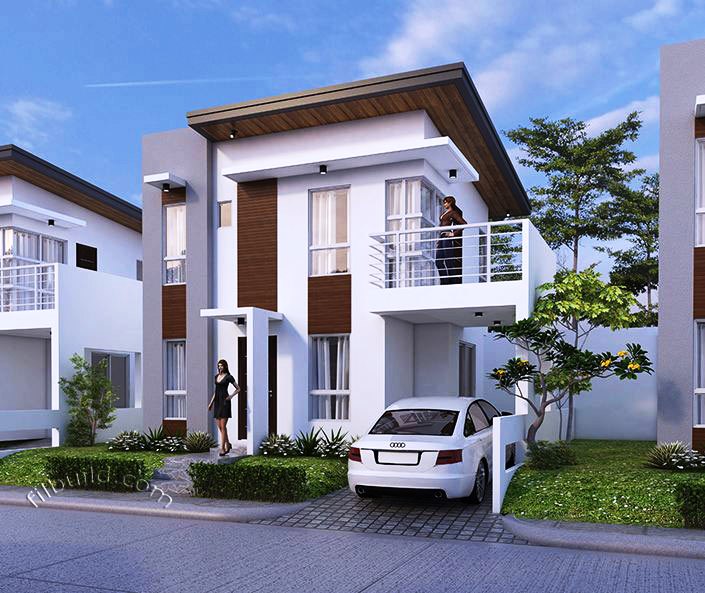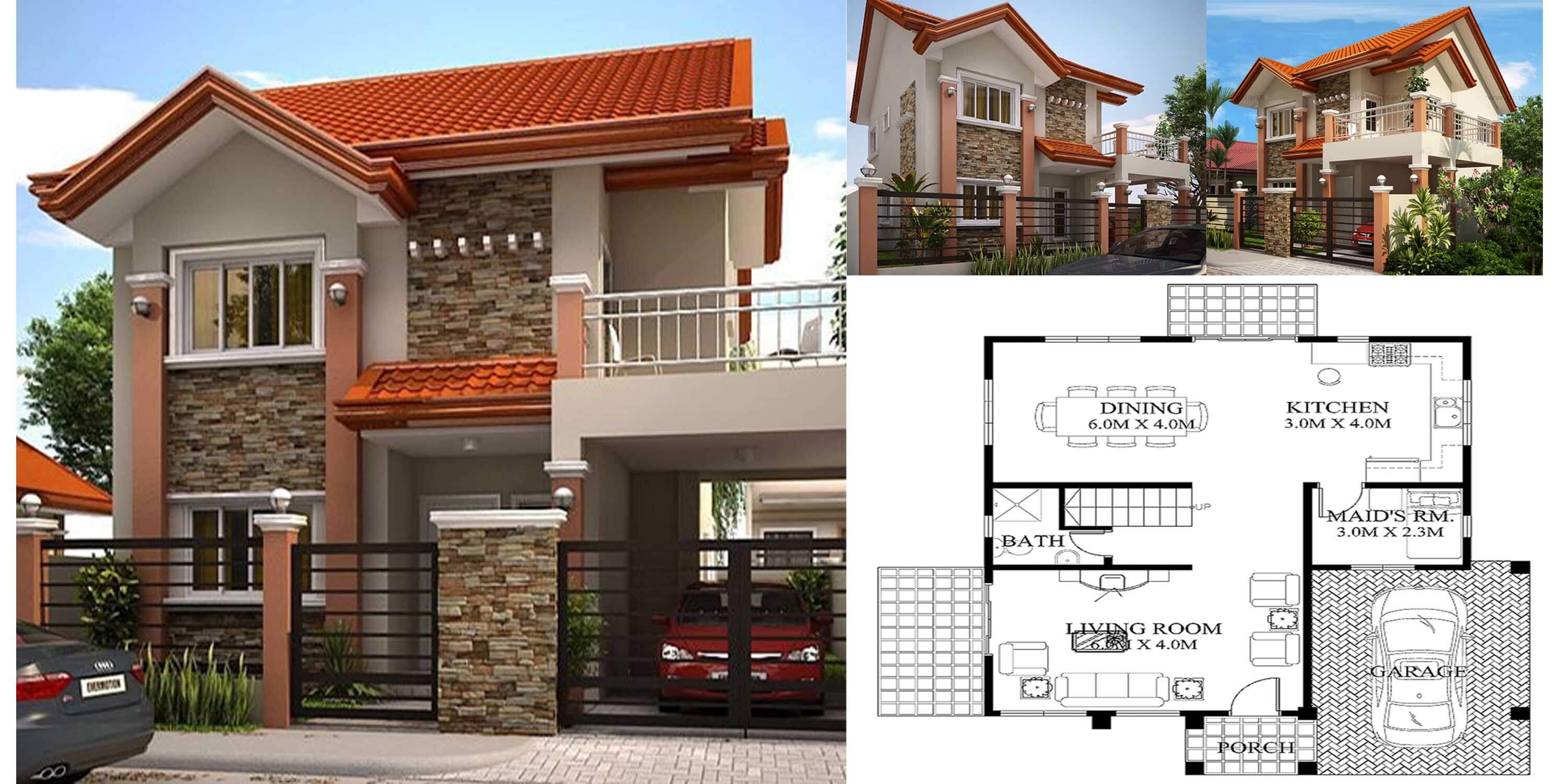Table Of Content

It was an upgrade from the traditional nipa hut as an additional floor was introduced. The foundation was made out of stone blocks or bricks, while the upper floor retained the nipa hut appearance. The upper floor was meant to promote ventilation inside the house since the Philippines has a tropical climate most of the year.
the veil: groundwork architects sculpts sinuous interiors like draped fabric
As a matter of fact, architects and interior designers in different Asian countries have long adapted Western Modern and Contemporary architecture to local conditions. Aside from wooden touches, ceramics will complete your modern Filipino house interior design. Take inspiration from Bea Alonzo’s powder room design, which featured an Ugu Bigyan basin. Sustainability has become a significant focus in contemporary Philippine house design. From the use of eco-friendly materials to energy-efficient technologies, sustainability is at the forefront of the design process.
Two-bedroom bungalow with spacious interior
Whether you just want a few ideas on what to include in your ideal home or if you already have a builder lined up, Philippine House Designs offers better ways to make your dream home a reality. We also offer free customization options to allow you to closely tailor our existing designs to more closely match your needs. For a minimal fee, we can also do changes to the design that require structural, electrical, or plumbing changes. In 2020, the business was severely affected by the pandemic but was able to bounce back in 2022.Moving forward, our aim is still the same, to provide quality construction services to our clients.

Browse our Exclusive House Plans with Construction Cost
Elements of the style include warm hues, terracotta tilework, and wrought-iron elements. This means that they are designed to use less energy and resources than other styles. This is beneficial for those who are looking for a more sustainable option when it comes to building a home. A Contemporary-Filipino Style House is a modern take on traditional Filipino architecture. This style combines elements of traditional Filipino design with more modern materials and finishes.
Contemporary Heritage: A Deep Dive Into Modern Filipino Architecture
The bamboo houses of the Philippines - BBC.com
The bamboo houses of the Philippines.
Posted: Thu, 17 May 2018 07:00:00 GMT [source]
Additionally, these homes are designed to be cost-effective to run, offering energy-efficient features that help save on utility bills. New technology and innovations have made it possible to create homes that are not only beautiful but also practical and sustainable. Lastly, prospective homeowners are now spoiled for choice when it comes to design and functionality. Contemporary architecture in the Philippines offers a wide range of options to suit different tastes and lifestyles. One of the defining features of contemporary house design in the Philippines is the seamless integration of traditional elements with modern aesthetics. This fusion creates a harmonious balance between the old and the new, resulting in homes that exude warmth, elegance, and cultural significance.
With its low maintenance upkeep and energy-efficient features, this type of house has become increasingly popular among young families. Additionally, the use of space-saving furniture, such as multifunctional beds and foldable tables, allows for more efficient use of space while still maintaining the house’s aesthetics. Less a style and more of a way to describe a combination of styles, Eclectic architecture tends to be the rule rather than the exception in Philippine architecture. In the Modernist Era as in today, architecture in the Philippines tended to borrow from popular movements from across the globe, leading to buildings that cannot always be definitively classed as one style or another. It represents an early attempt in Modern architecture to capture the character of a country, which is echoed in nearly every regional style of architecture since then. Almost indistinguishable from the later Mid-Century Modern style, Danish modern is somewhat starker and more minimalist than its better-known successor.
Hasinta – Bungalow House Plan with Three Bedrooms
Architects prioritize the use of expansive windows, balconies, and verandas to bring the outdoors in, creating a seamless connection between the interior and exterior spaces. This not only maximizes natural light and ventilation but also promotes a sense of well-being and harmony with the surrounding environment. Contemporary architecture in the Philippines brings several benefits to homeowners. First and foremost, the use of new building techniques and materials enhances the comfort of occupants. Whether it’s improved insulation, better soundproofing, or more efficient ventilation systems, contemporary homes prioritize the well-being of those who live in them.
Modern House Designs
Finally, there's a growing appreciation for Philippine heritage in architecture. Architects are finding ways to blend traditional Filipino elements with modern design principles, creating buildings that are both forward-looking and rooted in history. Known as the champion of indigenous Filipino architecture, Mañosa's designs are a masterful blend of traditional Filipino elements and modern techniques. His most famous work is probably the Coconut Palace, a stunning edifice built almost entirely of local materials.
Home Tour: This Modern House Pays Tribute To Philippine Art - Tatler Taiwan
Home Tour: This Modern House Pays Tribute To Philippine Art.
Posted: Sun, 03 Feb 2019 08:00:00 GMT [source]
It will remind you of the tropical rainforest in the mountains through well-placed greenery. Modern tropical also leans toward the “less is more” approach, so be careful not to overdo it. Incorporating natural materials is also one of the fundamentals of tropical design in the Philippines. By staying true to the concept “less is more,” you can have fewer traditional appliances or swap them out for energy-efficient ones to reduce your carbon footprint.
Generally speaking, Japanese architecture is known for its contemplative nature and exquisite attention to detail. However, a less-understood facet of it is ihyou, a Japanese concept with no direct English translation that roughly means “surprising”. Depending on the color scheme you chose, pick among gray, brown, and copper hues of ara-al slates.
The Americans, on the other hand, introduced a more westernized architectural style. The use of reinforced concrete, a popular material in modern architecture, can be traced back to this period. They also brought Art Deco and Neoclassical styles, which are still evident in some modern structures.
Historical Asian architecture, in general, is well-known for exhibiting these qualities, with the Pan-Asian concept of harmony often informing design decisions for buildings. Bali and Polynesia have strictly different cultures, with one being Hindu and the other practicing a unique form of animism. However, the similar tropical zones where the traditional houses of these cultures were built and the similar materials and requirements available have resulted in houses that have only a few functional differences. Thus, one of the main goals many Japanese contemporary architects try to achieve in their projects is to delight, often by making the impossible possible, creating an unforgettable memory of the experience. This is done by giving structures the seeming ability to float or exist where they should not.
Some even have rooftop gardens or walls covered in plants, which help absorb heat and improve air quality. Filipino heritage architecture, being a treasure trove of elegant styles and ingenious craftsmanship, has become the well of inspiration for many modernist architects in the Sixties. In contemporary Philippine architecture, there is a strong emphasis on blending traditional design elements with modern aesthetics. This fusion creates a distinctive style that celebrates the country’s rich culture and history.
No comments:
Post a Comment